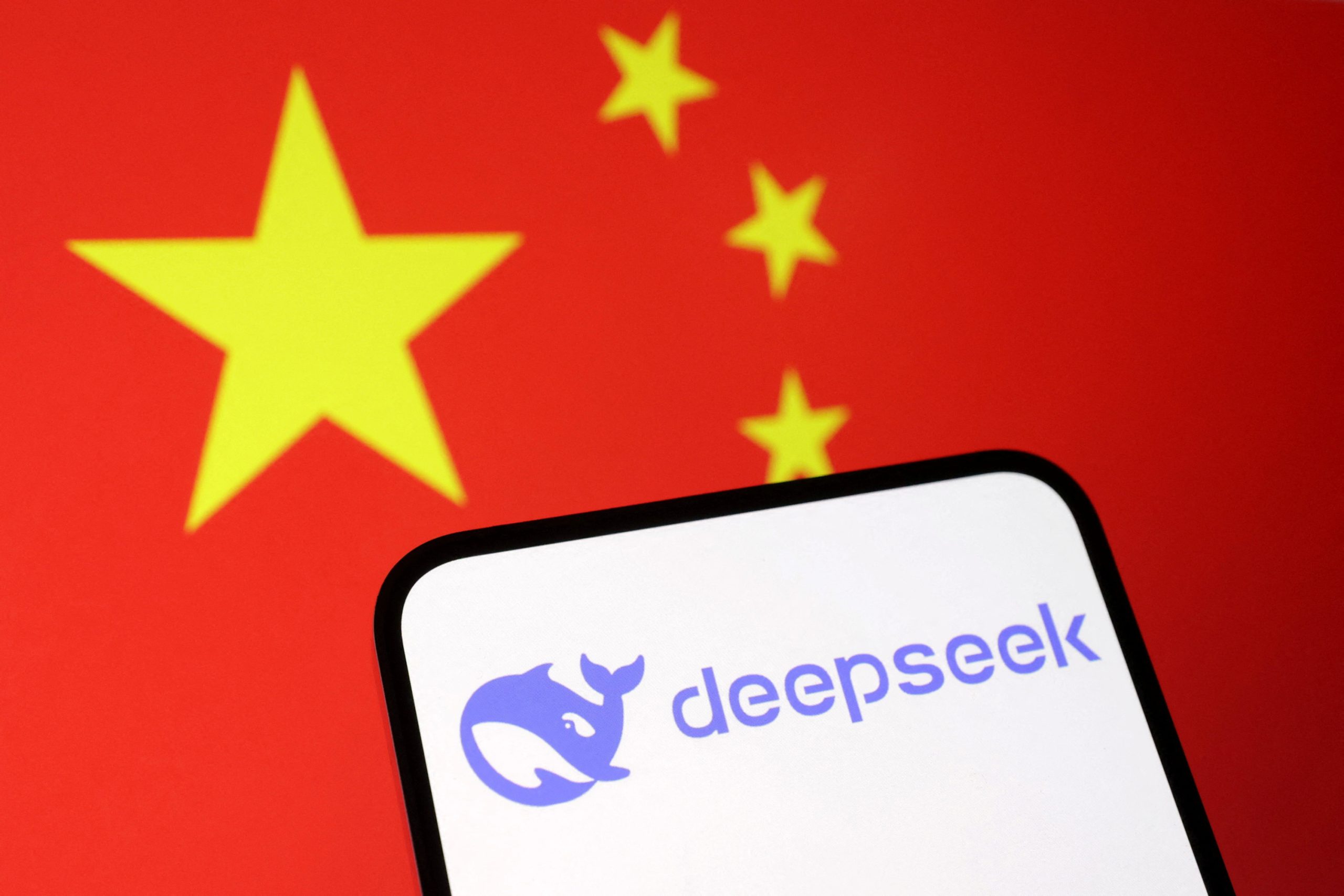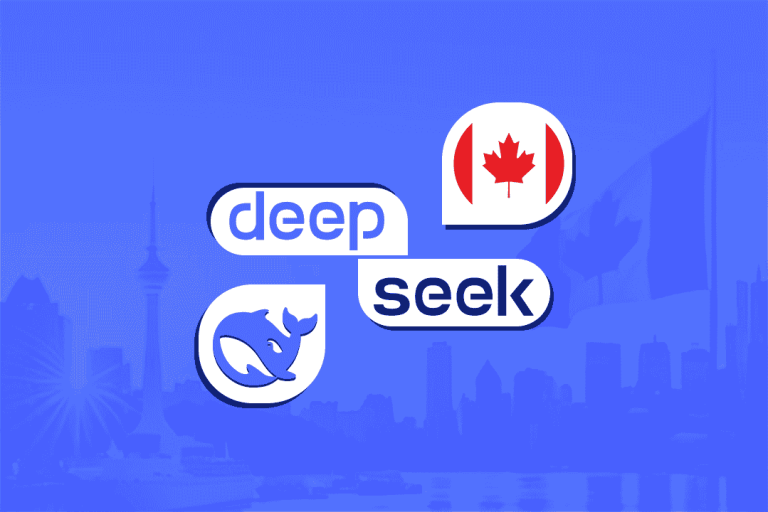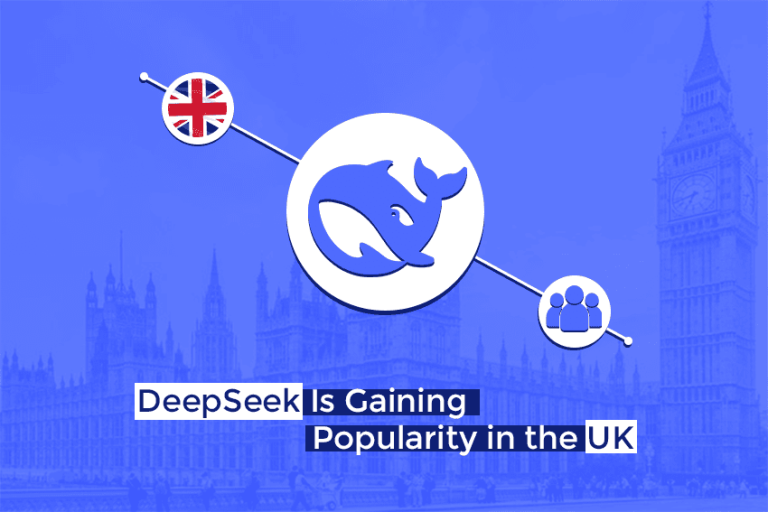While DeepSeek’s technology is spreading globally, nowhere is its impact more profound than in China itself.
The Chinese government and domestic industries have swiftly thrown their weight behind DeepSeek, viewing it as a key instrument in closing the AI gap with Western rivals.
This full-throated national embrace of DeepSeek is influencing economic plans, spawning wide deployment across cities and companies, and even prompting careful messaging to assuage international concerns.
In this article, we examine how DeepSeek has become central to China’s AI strategy and the ripple effects that strategy is creating.
A New AI Flagship for China’s Leadership
DeepSeek’s success has quickly elevated it to a symbol of Chinese AI prowess. In fact, even before the world fully took note of R1, Beijing had given clear signals of favoring DeepSeek.
In early January (2025), Chinese state media reported that DeepSeek’s founder, Liang Wenfeng, was invited to a high-profile meeting with Premier Li Qiang as the representative of the AI sector – notably ahead of leaders from more established tech firms.
This unprecedented endorsement implied that China’s top leadership saw DeepSeek as a leading light of innovation. The subsequent triumph of DeepSeek’s models (with their cost competitiveness and technical feats) has further buoyed Beijing’s belief that it can out-innovate the U.S. in AI.
President Xi Jinping and Premier Li have implicitly signaled their support for DeepSeek’s approach, creating an environment where “everyone just endorses it” in China now.
In practical terms, the Chinese government appears to view DeepSeek as a chance to leap ahead in AI without simply replicating the Western playbook of enormous spending.
DeepSeek’s ability to achieve top-tier results using fewer resources aligns well with China’s strategic goals of technological self-reliance and efficiency. It’s telling that Chinese regulators, initially wary when DeepSeek’s need for large GPU purchases drew attention, have now largely come around to champion the startup.
Reuters reports that after some early concerns, China’s state apparatus is firmly embracing DeepSeek as its best hope to lead in AI, especially given how quickly the model proved itself. In a sense, DeepSeek has become a national AI flagship, with the government eager to showcase it as evidence that China can produce world-class AI breakthroughs.
Rapid Domestic Adoption Across Government and Industry
One of the clearest signs of China’s embrace is the rapid adoption of DeepSeek’s models throughout the country’s public and private sectors.
In just weeks since R1’s launch, numerous Chinese entities have integrated DeepSeek into their operations at a pace unmatched by any previous AI rollout.
According to reports:
- Government Agencies: At least 13 city governments in China have deployed DeepSeek-powered systems in their local administration or services. Additionally, around 10 state-owned energy companies (vital in sectors like power and oil) have integrated DeepSeek models into their workflows – likely for tasks ranging from data analysis to customer service chatbots. Such quick adoption by government bodies indicates a top-down push to utilize homegrown AI and improve efficiency. It’s quite extraordinary for a new AI model to be adopted simultaneously by many municipalities; this suggests coordination and strong belief in DeepSeek’s reliability and benefits.
- Tech Companies: China’s tech giants and even competitors have not shied away from DeepSeek – in fact, many are leveraging its open-source or API offerings to enhance their own products. For example, Lenovo, Baidu, and Tencent have all integrated DeepSeek’s models into their platforms or apps. Tencent (which operates WeChat, China’s largest social app) reportedly enabled DeepSeek-based features, and Baidu (an AI frontrunner with its own models) added DeepSeek R1 and V3 to its Qianfan AI platform as options. This broad uptake, including by firms that have their own LLM projects, underscores DeepSeek’s strong performance – even rival companies find it worthwhile to use DeepSeek because of its cost and capability edge. As a result, DeepSeek has effectively woven itself into the fabric of China’s tech ecosystem in record time, functioning less as a single product and more as a widespread AI utility.
- State Enterprises and Others: Beyond tech, state-owned enterprises (SOEs) in various sectors have begun testing or using DeepSeek. The energy companies mentioned are one example, but banks, telecom firms, and manufacturing giants are also likely exploring DeepSeek for automation and analysis tasks (though specific numbers aren’t public). The pattern is clear: Chinese industry sees DeepSeek as a ready-made, high-quality AI solution they can deploy without the massive costs of developing everything in-house. It helps that DeepSeek’s models were released openly; companies can experiment freely and integrate the models into their own systems or cloud infrastructures.
China’s speedy deployment of DeepSeek contrasts with the sometimes slower adoption of foreign AI models (due to cost, language, or regulatory issues). Here, with government blessings, adoption has been “offered at a pace not given to other firms” in China.
DeepSeek essentially became the default platform for any organization wanting advanced AI – a remarkable feat for a startup-scale company. This groundswell also means that DeepSeek is amassing huge volumes of usage data and feedback within China, which could further improve its models and give it a sustainable advantage.
And as Goldman Sachs observed, this wave of AI adoption led by DeepSeek is expected to start boosting China’s economy in tangible ways as soon as next year. Over the longer term, analysts estimate that AI diffusion (with DeepSeek at the forefront) could add 0.2–0.3 percentage points to China’s annual GDP growth by 2030 – a significant macroeconomic impact.
In other words, DeepSeek isn’t just a tech story; it’s becoming an economic strategy, with China betting that AI at scale will enhance productivity and growth.
Balancing National Pride with Global Privacy Concerns
China’s wholehearted support for DeepSeek does come with a note of caution: authorities are mindful of global perceptions and the need to avoid stirring international backlash. One concern that emerged is privacy and data security.
As DeepSeek’s popularity exploded, several countries – including U.S. allies – reacted warily. Notably, South Korea, Italy, and others pulled DeepSeek’s app from their app stores citing privacy concerns, reflecting fears that a Chinese AI chatbot could collect sensitive user data or otherwise violate privacy norms.
Additionally, Western regulators have been discussing tighter controls on AI, especially foreign AI, due to security worries.
In response to this climate, Chinese authorities reportedly instructed DeepSeek to keep a low profile internationally, especially in its marketing and publicity.
According to Reuters sources, the government advised the company to dial down overt hype or self-promotion on the global stage, to avoid further inflaming privacy or geopolitical concerns. This is a delicate balance: domestically, China is celebrating DeepSeek’s achievement, but externally, they want to mitigate the narrative of “China’s AI invading your devices.
” By being somewhat restrained in global PR, DeepSeek can focus on technical integration rather than nationalist triumphalism, which may help it gain acceptance abroad in the long run.
The Chinese government’s approach thus far has been to support DeepSeek’s growth behind the scenes (ensuring it has the chips and regulatory green lights needed), while publicly not gloating too much about its success. This measured stance might also be to avoid provoking trade restrictions.
Officials know that if DeepSeek is seen as too powerful of a tool, it could accelerate U.S. moves to tighten export controls on high-end chips or software for China.
An expert noted that if DeepSeek becomes the go-to AI across Chinese state entities, Western regulators “might escalate restrictions on AI chips or software collaborations” in response. Indeed, DeepSeek’s founder Liang has acknowledged that U.S. chip embargoes are a critical bottleneck for their work.
It’s in China’s interest that DeepSeek doesn’t become a flashpoint for new tech sanctions.
Hence, the emphasis on quietly integrating it everywhere at home, but not branding it as a geopolitical victory in a loud way.
Global Ripples and International Interest
China’s near-unanimous adoption of DeepSeek is also starting to have international ripple effects beyond the privacy worries.
The success story is being watched by other countries and companies around the world, some of whom see an opportunity. For instance, businesses in Europe and the Middle East are intrigued by DeepSeek as a more accessible AI alternative.
With DeepSeek’s models being open or low-cost, even smaller firms abroad are testing them.
Reports have emerged of European startups switching from expensive U.S. AI APIs to DeepSeek to save money without sacrificing performance. Tech executives in Europe have called DeepSeek a potential “game changer” that democratizes AI and levels the playing field with Big Tech.
Similarly, in the Middle East, companies view DeepSeek as a way to get advanced AI capabilities affordably, which could accelerate AI adoption in emerging markets that lack huge AI R&D budgets.
However, widespread global use will depend on trust, and here China’s handling of DeepSeek will be crucial. If Chinese authorities and DeepSeek’s team continue to address privacy and transparency concerns proactively, it could pave the way for broader international uptake.
It’s a unique situation: a Chinese-developed AI model has leapt to the forefront of the field so quickly that global norms and opinions are still catching up.
DeepSeek now stands as both a point of national pride for China and a test case for Chinese AI on the world stage.
How it balances domestic enthusiasm with global reassurance may well determine whether DeepSeek becomes a dominant international AI platform or remains primarily a China-centric success.
In summary, China’s embrace of DeepSeek has been swift and nearly unconditional domestically – integrating it into the national AI fabric and heralding it as a sign of Chinese innovation strength.
This has accelerated AI adoption across Chinese society and could deliver economic dividends in years to come.
Yet, with great success comes greater scrutiny: DeepSeek and China are carefully navigating the international landscape to ensure this AI triumph doesn’t trigger undue fear or backlash abroad.
If successful, DeepSeek could serve as a bridge – showcasing China’s tech capabilities while also being used by people and companies worldwide.
That scenario would truly fulfill DeepSeek’s dual identity as a Chinese-born model with global impact



